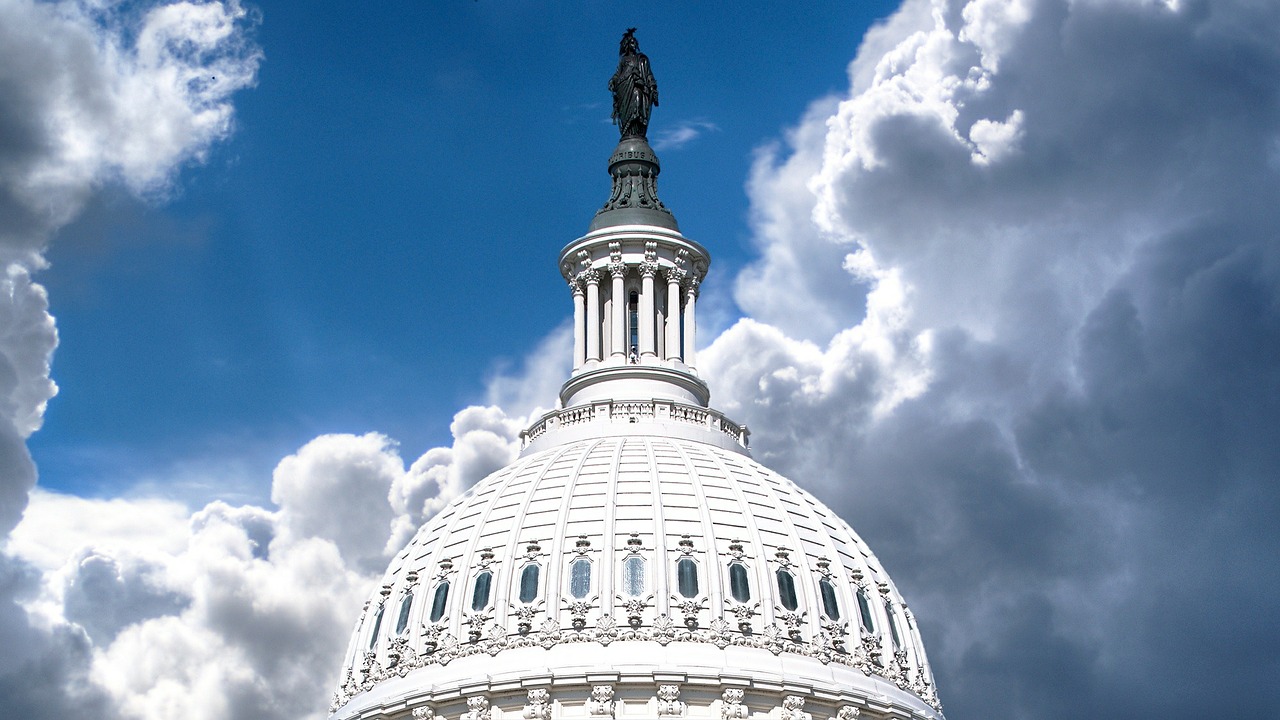Asked about explaining the deficit, White House Press Secretary Karine Jean-Pierre recommended that reporters “Talk to an economist.”
So, we did.
Explaining the Deficit
Responding, economist Ed Yardeni focused on the deficit in his September 11 “Morning Briefing.”
He started with the deficit cycle. Defined as when spending exceeds revenue during one fiscal year (10/1/22-9/30/23), the deficit is not behaving normally. Calling it the deficit cycle, Dr. Yardeni told us that recessions usually boost deficits while prosperity constrains them. As a result, the ratio of the deficit to nominal GDP has an inverse correlation with unemployment. Not now though. The ratio is rising, unemployment is at record lows, and the economy is growing.
You can see below that the deficit started a new climb recently:
![]() Revenues and Outlays
Revenues and Outlays
With revenue a variable that can shrink a deficit, the drop in tax dollars is fueling its rise. Here, it’s individual income tax receipts that are down, mostly because investors are no longer bailing out of a bear stock market. However, offsetting the decline, payroll tax receipts are up because of record employment. In addition, corporate tax totals have also increased.
Finally, he notes that outlays are climbing at a faster pace. With rising rates, the government’s interest expense has grown. Meanwhile Social Security and Medicare are up a whopping $2.151 billion:

According to the Bipartisan Policy Center, as of July 2023, revenue rose less than outlays. Yes, at $276 billion revenues were up 3 percent. However, outlays were up $499 billion, a 4 percent pop.
Our Bottom Line: The Difference Between the Deficit and the Debt
While the deficit refers to more outlays than revenue in one fiscal year, the debt covers all that we owe. Below, the treasury uses fictitious numbers to illustrate the difference between the two:

My sources and more: Thanks to Dr. Yardeni for inspiring today’s post. (His “Morning Briefing” is gated so I could not link to it.) However, there is a slew of links for deficit facts. For our facts, we mostly used the U.S. Treasury. here, the BPC’s Deficit Tracker, here, and the CBO.
We should note that the Bipartisan Policy Center (BPC) disagreed with Dr. Yardeni. Probably calculating their totals differently, most of their numbers differed from his but their conclusions were similar.







Fiscal (not monetary) policy is the one worthy of attention. But we should keep in mind that, comparing upper tax bracket levels between the era of sustained fast growth (50s and 60s) to today shows that there is plenty of room for taxing the rentier class without crimping social spending; just as the extremely low inflation post 2008 showed that the fiscal stimulus was much too small.
But paralysis of fiscal policy abdicates macroeconomics to monetary policy, which basically pushes on a string. Consequently, the fed pushes so hard that they break things, keeping rates so low that they provoked asset inflation, and now continuing to raise rates before allowing raises to work through the economy, thereby assuring the next recession.
Monetary policy that pushes so hard that it actually has an effect, sufffers from enormous instability resulting just from delay in effect. Viewing monetary policy as the complex transfer function in a negative-feedback control system, these delays inevitably cause transfer function zeros to appear in the positive half-plane. At best this results in instability (in economic terms, extreme business cycles), at worst in pegging to a voltage rail (in Keynsian terms, switching to an inferior equilibrium)